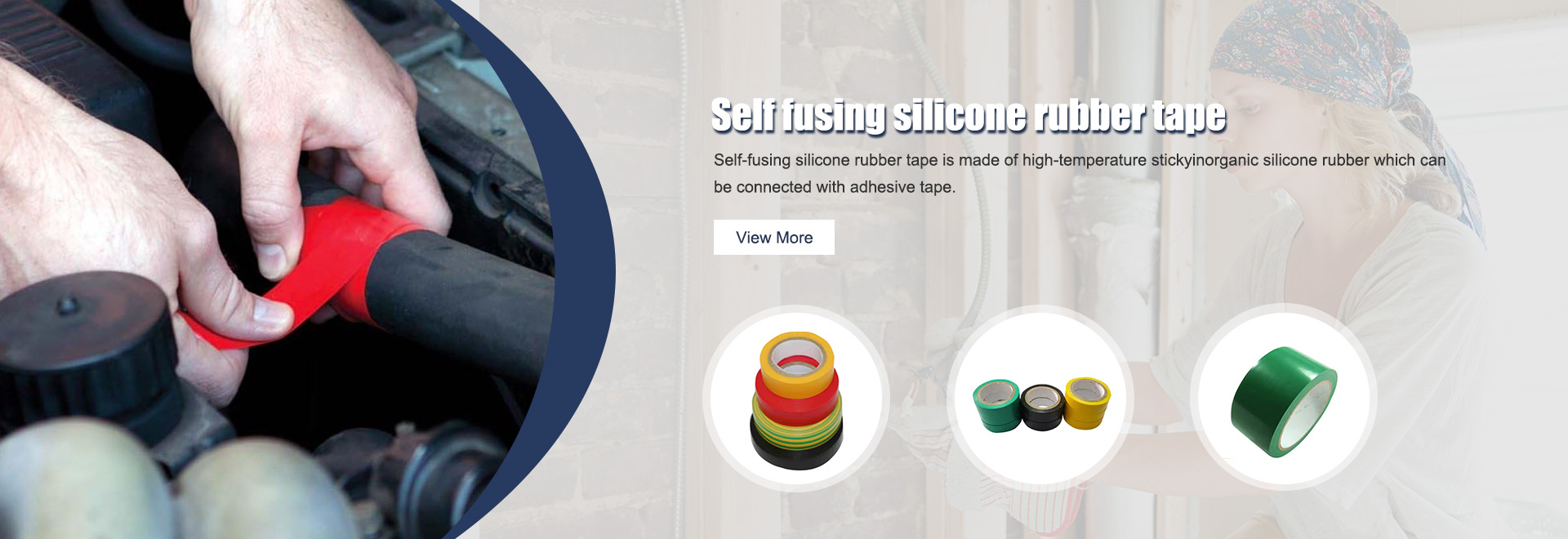The Importance of Black and Yellow Hazard Floor Tape in Safety Management
In the realm of workplace safety, visibility plays a crucial role in preventing accidents and ensuring compliance with health regulations. One of the most effective tools for enhancing visibility in hazardous areas is the use of black and yellow hazard floor tape. This distinctive tape not only serves an aesthetic function but is also vital for safety management in various environments, including warehouses, factories, and commercial spaces.
What is Black and Yellow Hazard Floor Tape?
Black and yellow hazard floor tape is a high-visibility adhesive tape designed to demarcate hazardous areas and convey important safety messages. The contrasting colors of black and yellow are universally recognized as warning indicators, often signifying caution. This tape can be used to outline danger zones, mark pathways, and indicate prohibited areas, guiding employees and visitors effectively while preventing accidents.
Advantages of Using Hazard Floor Tape
1. Increased Visibility The striking combination of black and yellow makes the tape highly visible in a wide range of lighting conditions. This is crucial in environments where low visibility can contribute to accidents. By strategically placing the tape, organizations can draw attention to areas that require caution, such as machine operation zones or slippery surfaces.
2. Cost-Effective Solution Compared to other safety measures such as painting or installing permanent barriers, hazard floor tape is a more economical option. It is easy to apply and remove, allowing for quick changes to floor layouts as required by the workflow or safety standards.
3. Durability and Flexibility Hazard floor tape is typically made from durable materials designed to withstand heavy foot traffic, machinery movement, and various environmental conditions. It can be applied to different surfaces, including concrete, wood, and tile, making it suitable for various settings.
4. Compliance with Safety Regulations Many industries are required to adhere to safety regulations that mandate the use of hazard markings. Using black and yellow tape helps organizations comply with OSHA (Occupational Safety and Health Administration) standards and other safety guidelines, thereby minimizing legal liabilities.
black and yellow hazard floor tape

5. Easy Maintenance Unlike painted markings that can wear out and require periodic repainting, hazard floor tape is easier to maintain. If the tape becomes damaged, it can simply be removed and replaced, ensuring that safety standards are continually met without extensive downtime.
Best Practices for Using Hazard Floor Tape
To maximize the effectiveness of black and yellow hazard floor tape, organizations should consider the following best practices
- Proper Placement Tape should be placed in areas where potential hazards exist, such as near machinery, stairs, and entrances to restricted zones. It is also beneficial to create clear pathways that direct traffic safely.
- Regular Inspections Conduct routine checks of the tape to ensure it remains intact and visible. Any damaged tape should be replaced immediately to maintain a safe environment.
- Training and Awareness Employees should be educated about the meaning of hazard tape and encouraged to report any issues regarding its visibility or condition. Making team members aware of the significance of these markings reinforces a culture of safety.
Conclusion
Black and yellow hazard floor tape is an indispensable component of an effective safety management system. Its visibility, cost-effectiveness, and compliance with safety regulations make it a preferred choice across various industries. By implementing this simple yet effective solution, organizations can significantly enhance workplace safety, reduce the likelihood of accidents, and demonstrate a commitment to the well-being of employees and visitors alike. In a world where safety should always come first, the proper use of hazard floor tape is a step in the right direction.
-
XIANGFAN Rubber Tape-Ultimate Solutions for All Your Insulation NeedsNewsJun.24,2025
-
XIANGFAN Rubber Tape-Protection for Industrial and Residential ApplicationsNewsJun.24,2025
-
XIANGFAN Rubber Tape: Superior Safety and Sealing for Demanding EnvironmentsNewsJun.24,2025
-
XIANGFAN Rubber Tape: Reliable Solutions for Every Electrical ChallengeNewsJun.24,2025
-
XIANGFAN Electrical & Industrial Tape: Powering Reliability Across IndustriesNewsJun.24,2025
-
XIANGFAN Electrical & Industrial Tape: Excellence in Every ApplicationNewsJun.24,2025
